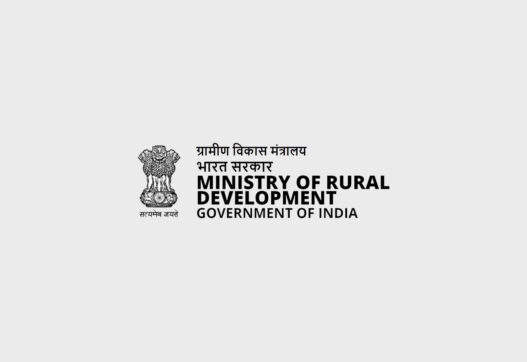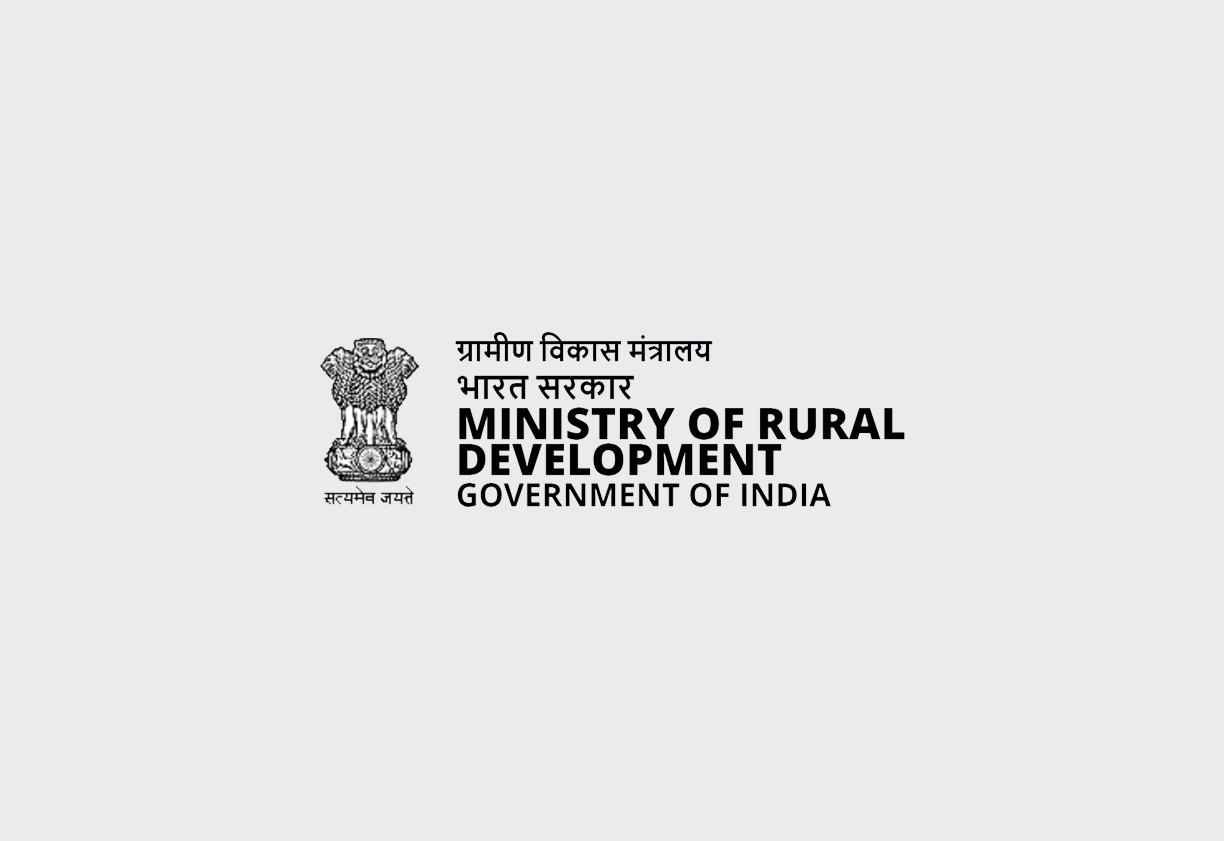Ministry of Rural Development
The Punjab Land-Revenue Act, 1887, is a significant piece of legislation that defines and regulates the land revenue system in the Punjab region of India. This Act provides a comprehensive framework for the making and maintenance of records of rights in land, the assessment and collection of land revenue, and other related matters. It is designed to ensure the orderly management of land resources and the efficient collection of government dues. The Act also establishes a hierarchy of revenue officers and outlines their powers and responsibilities. It aims to balance the interests of the government and landowners, providing mechanisms for dispute resolution and fair assessment.
Act Background and Ministry:
The Punjab Land-Revenue Act, 1887, was enacted during the British colonial period in India. It aimed to consolidate and amend the existing laws related to land revenue in the Punjab region. The Act was passed by the Governor-General of India in Council. Currently, the subject matter of the Act would fall under the purview of the Ministry of Revenue or the equivalent ministry dealing with land and revenue matters in the respective state government of Punjab.
Enactment Date, Number of Chapters, Number of Sections:
The Act received the assent of the Governor-General on September 23, 1887. It is structured into 158 sections, divided into 12 chapters.
Act Governed By:
The Act is primarily governed by the Financial Commissioner, who is the highest revenue authority in the state. The Act also outlines the roles and responsibilities of various other revenue officers, such as Commissioners, Collectors, Assistant Collectors, Tahsildars, and Naib-Tahsildars. These officers are responsible for implementing the provisions of the Act and ensuring the efficient collection of land revenue.
On Whom it is Applicable:
The Punjab Land-Revenue Act, 1887, is applicable to the territories administered by the Lieutenant-Governor of the Punjab, including the pargana of Spiti. It applies to all landowners, tenants, and assignees of land revenue, as well as other individuals with interests in land. It also impacts village officers, such as kanungos, zaildars, inamdars, and other village-level functionaries.
Penalties/Punishments:
The Act specifies various penalties and punishments for non-compliance. These include:
-
Fines: For neglect to report the acquisition of rights, for failure to attend when summoned, for destroying survey marks, and for other violations.
-
Arrest and Detention: Defaulters in the payment of land revenue may be arrested and detained.
-
Distress and Sale: Movable property and crops of defaulters may be distrained and sold.
-
Transfer of Holding: Holdings may be transferred to other landowners for the recovery of arrears.
-
Attachment and Annulment: Estates or holdings may be attached or their assessments annulled.
-
Sale: In cases of persistent default, estates or holdings may be sold.
Important Pointers:
-
Definitions: The Act provides detailed definitions of key terms such as “estate,” “landowner,” “holding,” “land revenue,” and “arrear of land revenue.”
-
Revenue Officers: The Act establishes different classes of revenue officers and defines their powers and responsibilities.
-
Records of Rights: The Act mandates the creation and maintenance of records of rights in land.
-
Assessment of Land Revenue: The Act outlines the process for assessing land revenue and provides mechanisms for reassessment and special assessments.
-
Collection of Land Revenue: The Act specifies various methods for the collection of land revenue, including the issuance of writs of demand, arrest, and distress.
-
Appeals and Review: The Act provides for appeals and reviews of orders passed by revenue officers.
-
Partition: The Act outlines the procedures for the partition of estates and tenancies.
-
Arbitration: The Act allows for the referral of disputes to arbitration.
-
Exclusion of Civil Courts: The Act limits the jurisdiction of Civil Courts in matters that fall under the purview of revenue officers.
-
Surveys and Boundaries: The Act provides for the demarcation of boundaries and the erection of survey marks.
Act Copy:




